Hello friends!
I've had a whole bunch of folks ask me if I'd put together a build thread for my E28. I figured I'd at least put something together. It'll take me a bit to do the whole thread, and truth be told, with my track record, I'll get partway done and then not come back and finish the thread. But a start is better than nothing I suppose! I also didn't take photos of much of the build process, except for with my phone, so honestly this thread is more of an inside look at the car and the parts on it, as opposed to a start-to-finish build progression.


I've had the old girl out on track at Chuckwalla and Buttonwillow and it's been driving phenomenally, and I'm very excited to continue dialing in and tuning the suspension to maximize the car's potential.
For the sake of thoroughness, here's my "build sheet" of what all is done to the car. It's probably missing a few things, but it's mostly there.
1984 533i, 165,279 miles on chassis.
Custom “Original Teile” Livery, based on GR. A E24
Suspension:
H&R Coilovers, custom made in Germany
H&R Sway bars, one-off, custom made. 30mm front, 25mm rear
Custom adjustable swaybar links
Custom fabricated reinforced swaybar mounts
Ground Control race camber plates
E31 aluminum lower control arms
Powerflex black race bushings for:
Front LCAs
Front UCAs
RTABs
Rear Subframe
Complete suspension overhaul, all OEM:
New front wheel bearings/hubs
New rear wheel bearings
New lock rings and collar nuts
New dog bones
New axles
New rear shock mounts
New front LCAs
New front UCAs
New tie rods and center link
New steering idler arm
Custom 7075 alloy Centerlock hub adapters, Steel drive pins, built to Gr. A E28 spec
Brand new BBS centerlock nuts
Ronal Racing centerlock wheels, 16x8 square
Built with brand new BBS rim halves, sealing rings, and hardware
Pirelli P-Zero Trofeo R 225/45 tires
Tarox 6-pot aluminum big brake calipers, front
E32 750 rear brake calipers
310x26mm slotted front rotors
300x20mm slotted rear rotors
Tarox Corsa track brake pads
Exterior:
European bumpers front and rear
Euro M5 front air dam
Euro headlamps and grilles, with custom crosshairs
M5 rear spoiler
Interior:
NASA legal, 1985 FIA Group A-spec 6-point Roll cage, 1.75” .120 DOM
Pair of Momo Daytona fixed back seats, FIA compliant til 2020
VAC machined seat mounts
Pair of Willains 6-point harnesses, FIA compliant til 2020
Vintage Momo Futura steering wheel
Rennstall white delrin RSKT2 shift knob
Stripped and fully painted interior
Black headliner
Black door cards
Driveline:
S38B35 Engine swap - Pulled from 125k mile car, cluster accurate.
Swap includes complete M5 driveline:
G280 transmission
Rebuilt 4.10 E30 M3 Limited Slip Differential, converted to 3-clutch setup
Custom reinforced rear differential mount
Euro “bundle of snakes” headers
Conforti software
JB Racing 11.5lb flywheel
Clutchmasters 6-puck sprung clutch
Custom short-shift kit
CSF Aluminum radiator
SPAL 16” fan
Maintenance includes:
Complete top end rebuild, fully redone cylinder head
New timing chain
New timing chain guides
New head gasket
New front and rear main seals
New ancillary gaskets
New waterpump
New thermostat
etc.
Fueling:
ATL 120-liter Aluminum fuel cell, 1982 GR. A touring spec
3-liter fuel swirl pot/surge tank
Bosch 044 inline fuel pump
Holley Red lift pump
As a bit of an opener, the car is a bit of a mashup of ideas, most notably, it's inspired by the '82 Group A Eggenberger E28 ETCC race cars.

None of them were blessed with particularly beautiful liveries, so in building a tribute car, I went with something with a bit more flair, and pulled inspiration from the E24 factory works "x-ray" cars.


But, because those are E24s, they're not quite right in terms of simply copying the livery, so I had my good friend and business partner Andrew Ritter redesign the graphics to correctly portray an E28, including the rear seat, doors, etc. We also changed the engine and transmission to reflect M5 components.

M5 components are reflected because that's the final piece to my puzzle. While a built 2.8 M30 would be more correct in the car, it felt wrong to do anything but go for the best the E28 had to offer, despite the fact that the S38 was never homologated for FIA racing. I used an M5 donor car to contribute all of the parts, including tidbits like M5 door sills, to keep things authentic.
The build itself is something I've been planing for quite a few years, but last year I was given the opportunity to realize the vision and bring it to fruition. While the Group A E28s serve as the basis for the build, my initial inspiration was a french Superproduction E28. I had originally planned to copy this car, to a T, but with the influx of Marlboro-themed cars out there, I didn't want the effort to go to waste in the mix of something trendy, so I shifted my gears and worked towards the car I have today. (Humorously, halfway through my build, this exact car surfaced and went up for sale. When I had found photos a year or two prior, I had assumed it was long gone.)

Anyway, on July 1 of last year (2016), I picked up a reasonably nice example of an early body E28, which I wanted due to the fact that the race cars were also early-body. It was white over cardinal red in good overall shape.

I've had a whole bunch of folks ask me if I'd put together a build thread for my E28. I figured I'd at least put something together. It'll take me a bit to do the whole thread, and truth be told, with my track record, I'll get partway done and then not come back and finish the thread. But a start is better than nothing I suppose! I also didn't take photos of much of the build process, except for with my phone, so honestly this thread is more of an inside look at the car and the parts on it, as opposed to a start-to-finish build progression.


I've had the old girl out on track at Chuckwalla and Buttonwillow and it's been driving phenomenally, and I'm very excited to continue dialing in and tuning the suspension to maximize the car's potential.
For the sake of thoroughness, here's my "build sheet" of what all is done to the car. It's probably missing a few things, but it's mostly there.
1984 533i, 165,279 miles on chassis.
Custom “Original Teile” Livery, based on GR. A E24
Suspension:
H&R Coilovers, custom made in Germany
H&R Sway bars, one-off, custom made. 30mm front, 25mm rear
Custom adjustable swaybar links
Custom fabricated reinforced swaybar mounts
Ground Control race camber plates
E31 aluminum lower control arms
Powerflex black race bushings for:
Front LCAs
Front UCAs
RTABs
Rear Subframe
Complete suspension overhaul, all OEM:
New front wheel bearings/hubs
New rear wheel bearings
New lock rings and collar nuts
New dog bones
New axles
New rear shock mounts
New front LCAs
New front UCAs
New tie rods and center link
New steering idler arm
Custom 7075 alloy Centerlock hub adapters, Steel drive pins, built to Gr. A E28 spec
Brand new BBS centerlock nuts
Ronal Racing centerlock wheels, 16x8 square
Built with brand new BBS rim halves, sealing rings, and hardware
Pirelli P-Zero Trofeo R 225/45 tires
Tarox 6-pot aluminum big brake calipers, front
E32 750 rear brake calipers
310x26mm slotted front rotors
300x20mm slotted rear rotors
Tarox Corsa track brake pads
Exterior:
European bumpers front and rear
Euro M5 front air dam
Euro headlamps and grilles, with custom crosshairs
M5 rear spoiler
Interior:
NASA legal, 1985 FIA Group A-spec 6-point Roll cage, 1.75” .120 DOM
Pair of Momo Daytona fixed back seats, FIA compliant til 2020
VAC machined seat mounts
Pair of Willains 6-point harnesses, FIA compliant til 2020
Vintage Momo Futura steering wheel
Rennstall white delrin RSKT2 shift knob
Stripped and fully painted interior
Black headliner
Black door cards
Driveline:
S38B35 Engine swap - Pulled from 125k mile car, cluster accurate.
Swap includes complete M5 driveline:
G280 transmission
Rebuilt 4.10 E30 M3 Limited Slip Differential, converted to 3-clutch setup
Custom reinforced rear differential mount
Euro “bundle of snakes” headers
Conforti software
JB Racing 11.5lb flywheel
Clutchmasters 6-puck sprung clutch
Custom short-shift kit
CSF Aluminum radiator
SPAL 16” fan
Maintenance includes:
Complete top end rebuild, fully redone cylinder head
New timing chain
New timing chain guides
New head gasket
New front and rear main seals
New ancillary gaskets
New waterpump
New thermostat
etc.
Fueling:
ATL 120-liter Aluminum fuel cell, 1982 GR. A touring spec
3-liter fuel swirl pot/surge tank
Bosch 044 inline fuel pump
Holley Red lift pump
As a bit of an opener, the car is a bit of a mashup of ideas, most notably, it's inspired by the '82 Group A Eggenberger E28 ETCC race cars.

None of them were blessed with particularly beautiful liveries, so in building a tribute car, I went with something with a bit more flair, and pulled inspiration from the E24 factory works "x-ray" cars.


But, because those are E24s, they're not quite right in terms of simply copying the livery, so I had my good friend and business partner Andrew Ritter redesign the graphics to correctly portray an E28, including the rear seat, doors, etc. We also changed the engine and transmission to reflect M5 components.

M5 components are reflected because that's the final piece to my puzzle. While a built 2.8 M30 would be more correct in the car, it felt wrong to do anything but go for the best the E28 had to offer, despite the fact that the S38 was never homologated for FIA racing. I used an M5 donor car to contribute all of the parts, including tidbits like M5 door sills, to keep things authentic.
The build itself is something I've been planing for quite a few years, but last year I was given the opportunity to realize the vision and bring it to fruition. While the Group A E28s serve as the basis for the build, my initial inspiration was a french Superproduction E28. I had originally planned to copy this car, to a T, but with the influx of Marlboro-themed cars out there, I didn't want the effort to go to waste in the mix of something trendy, so I shifted my gears and worked towards the car I have today. (Humorously, halfway through my build, this exact car surfaced and went up for sale. When I had found photos a year or two prior, I had assumed it was long gone.)

Anyway, on July 1 of last year (2016), I picked up a reasonably nice example of an early body E28, which I wanted due to the fact that the race cars were also early-body. It was white over cardinal red in good overall shape.


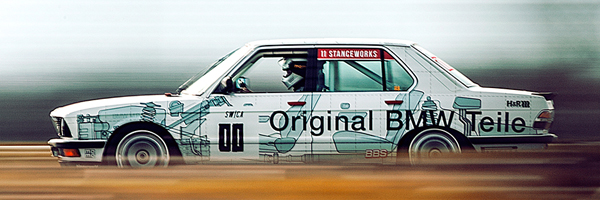
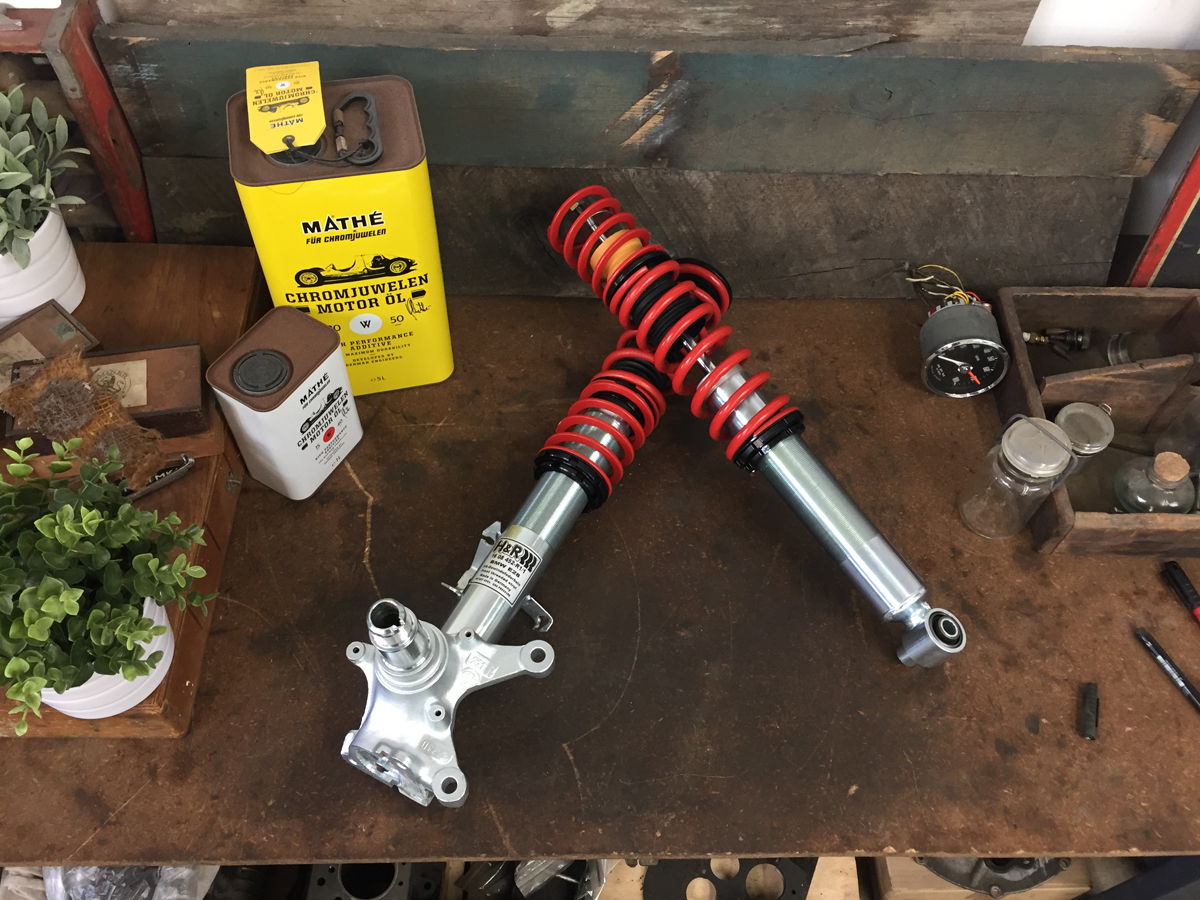
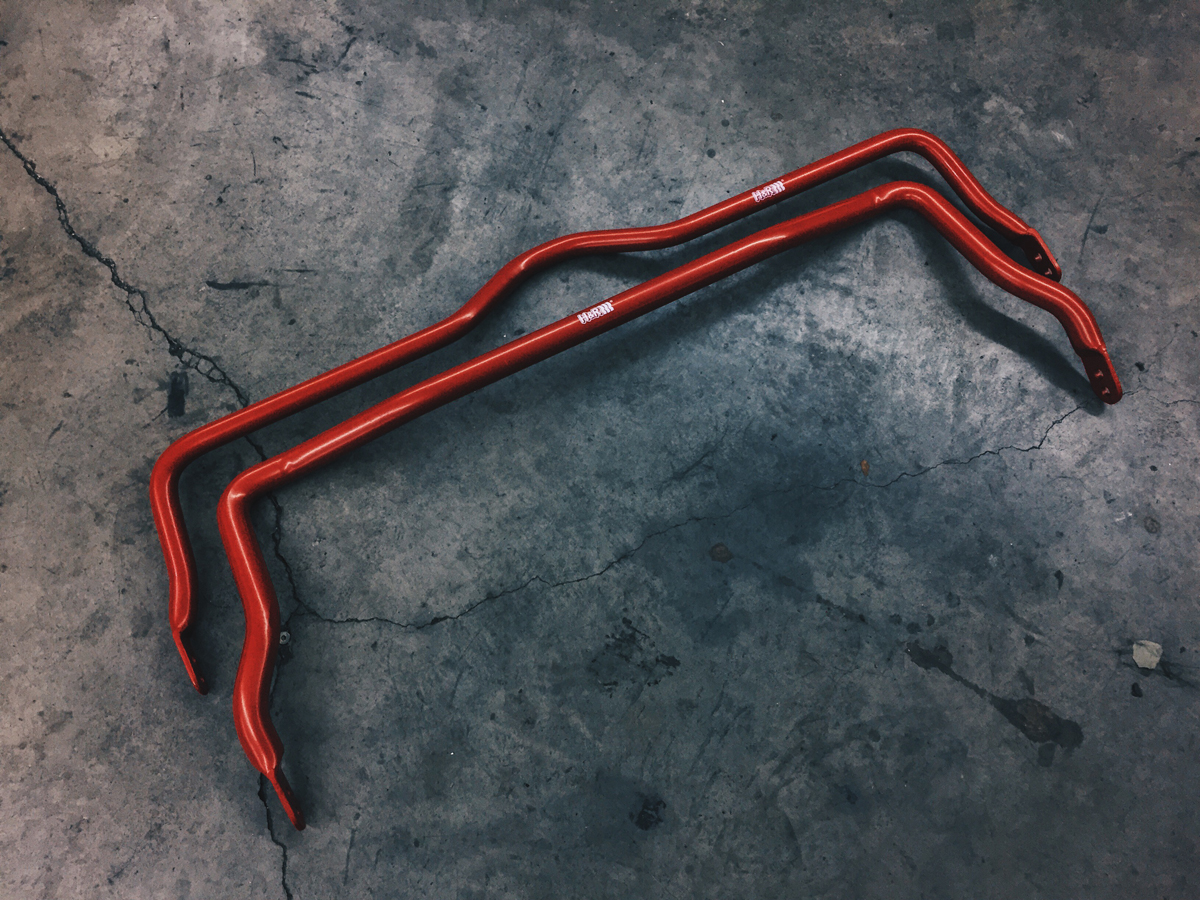
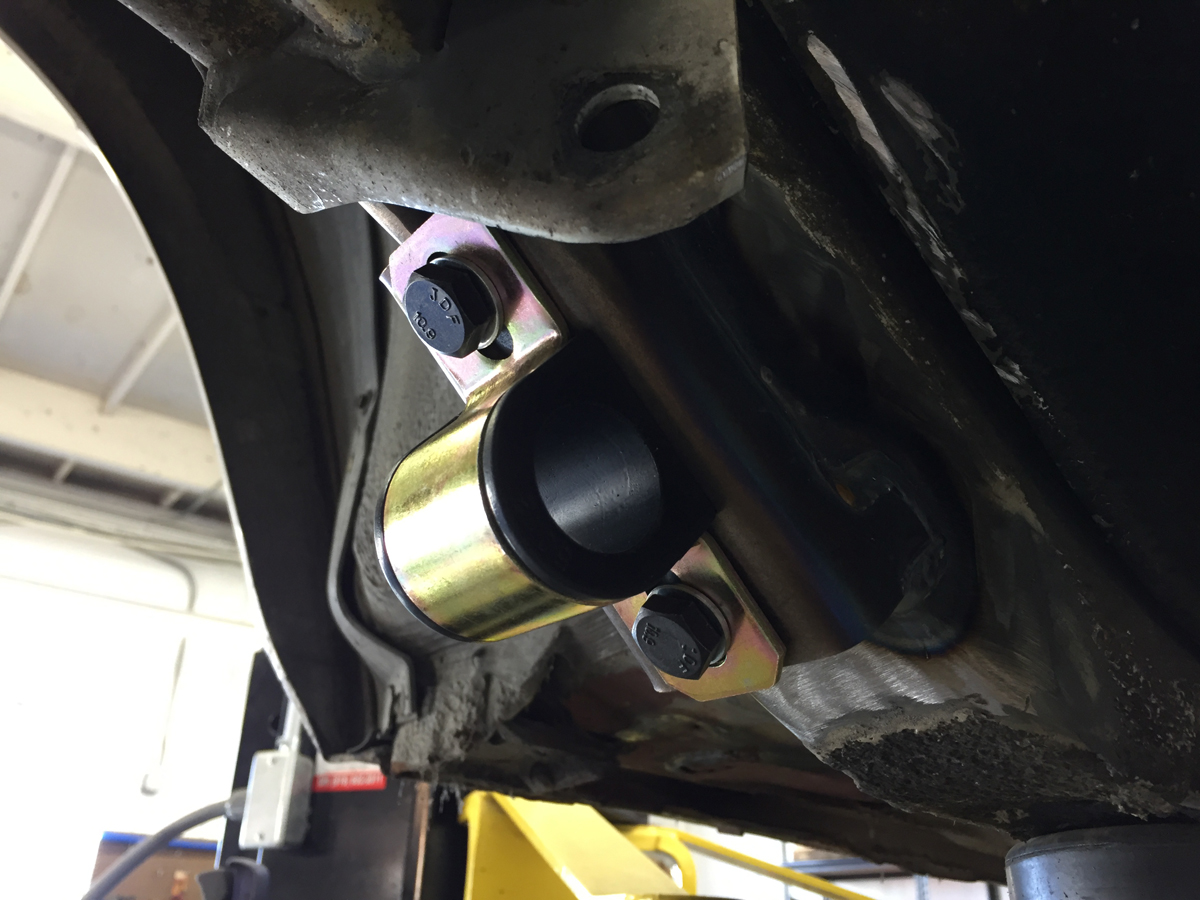
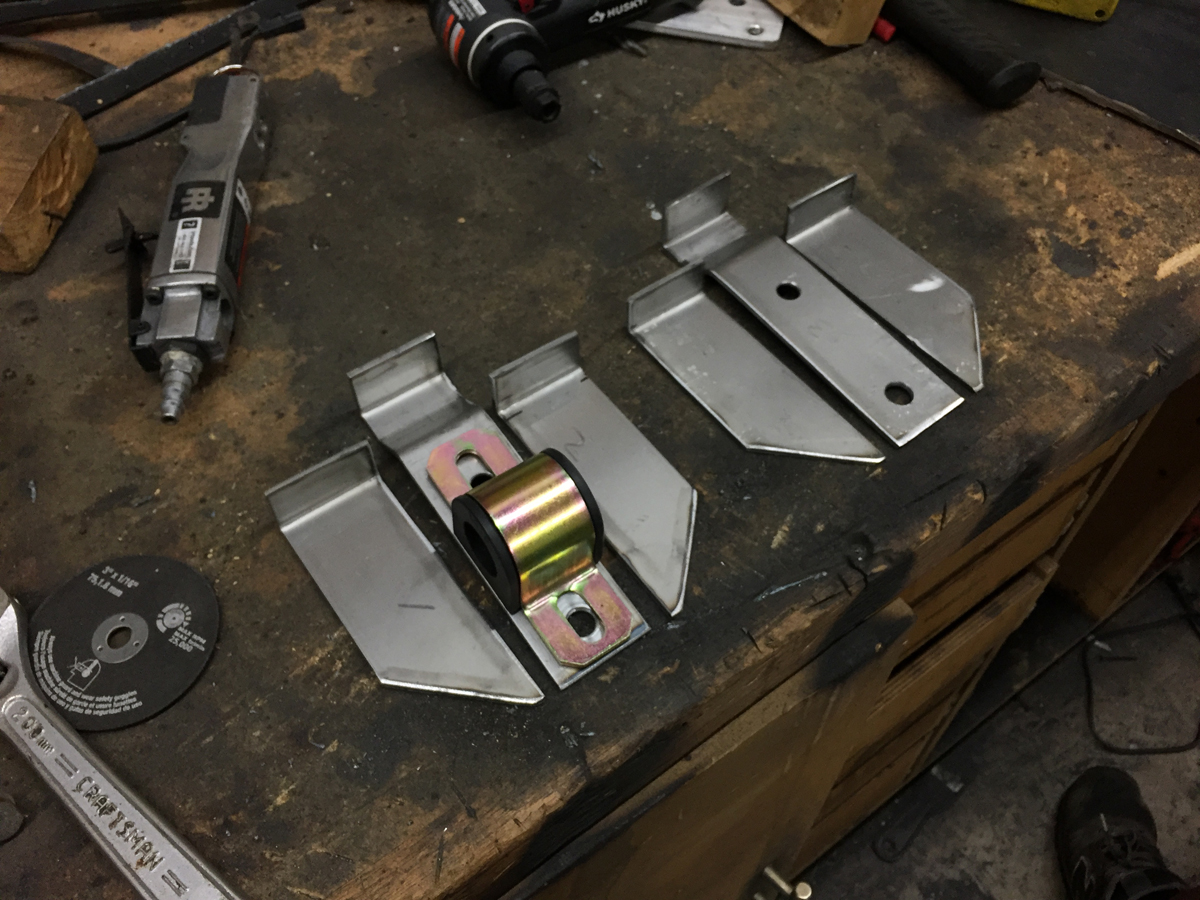
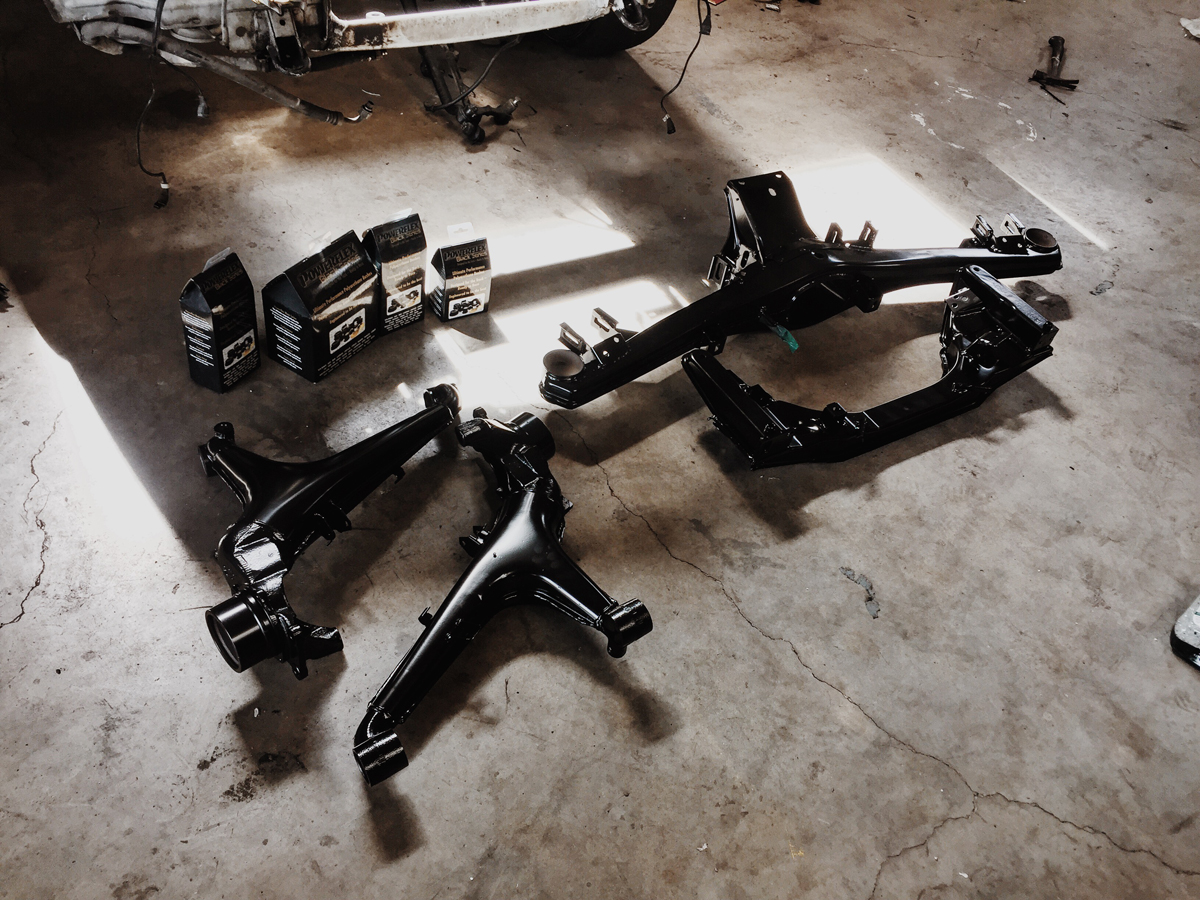
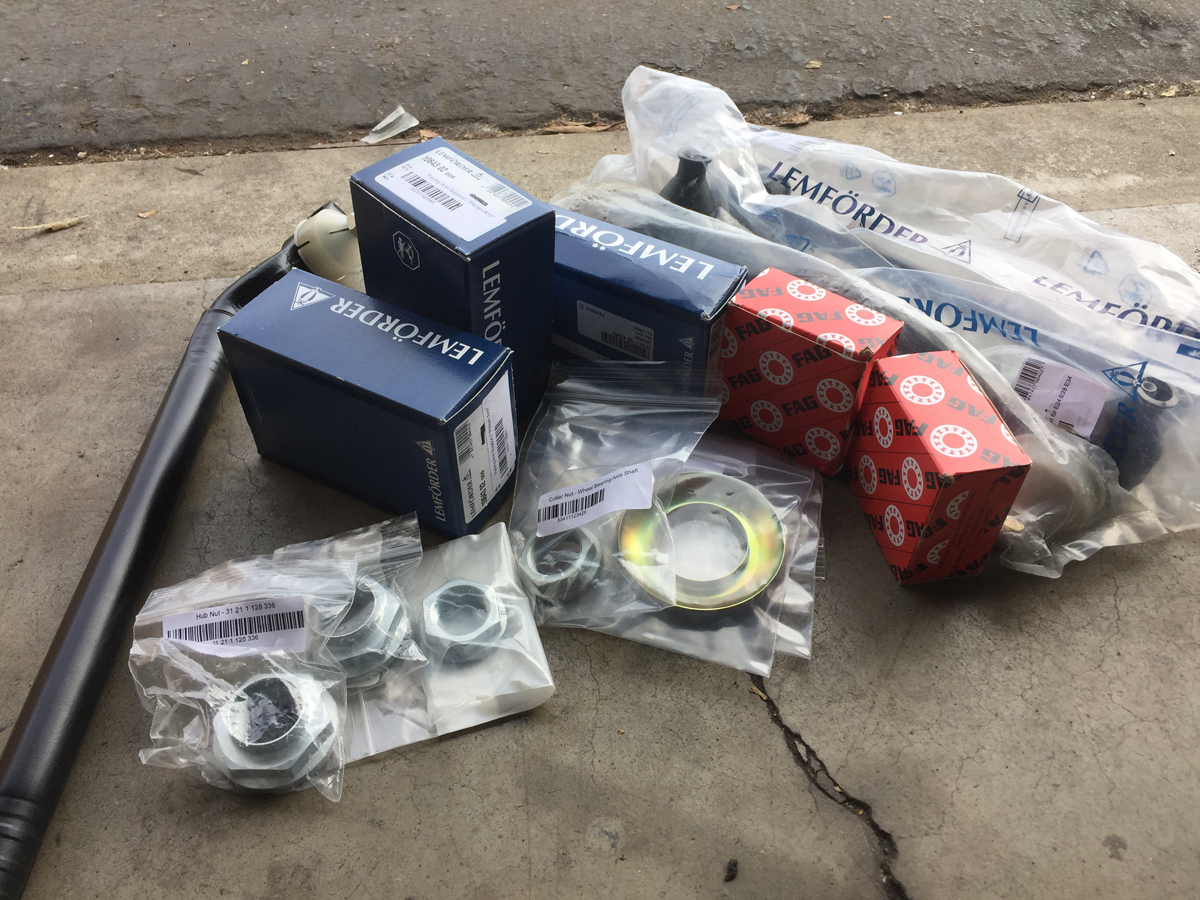




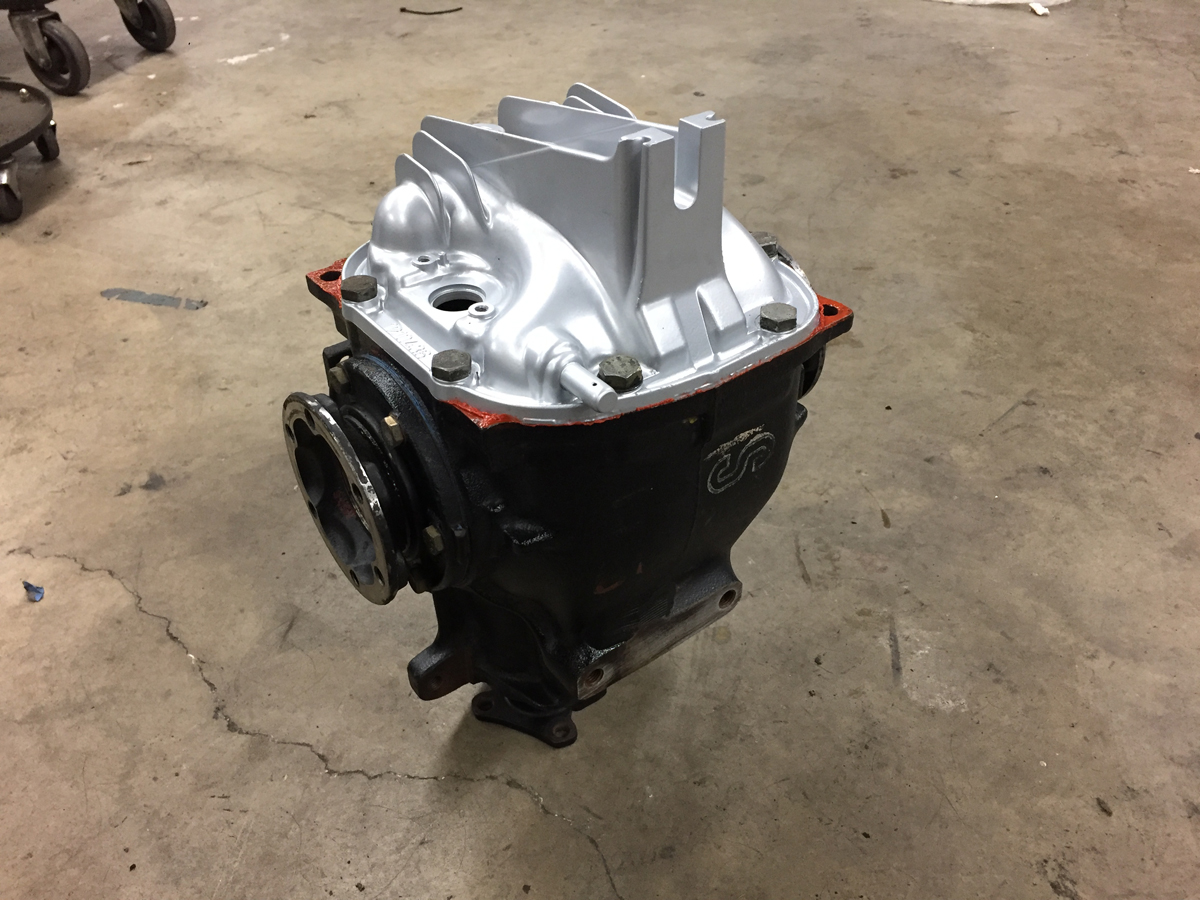



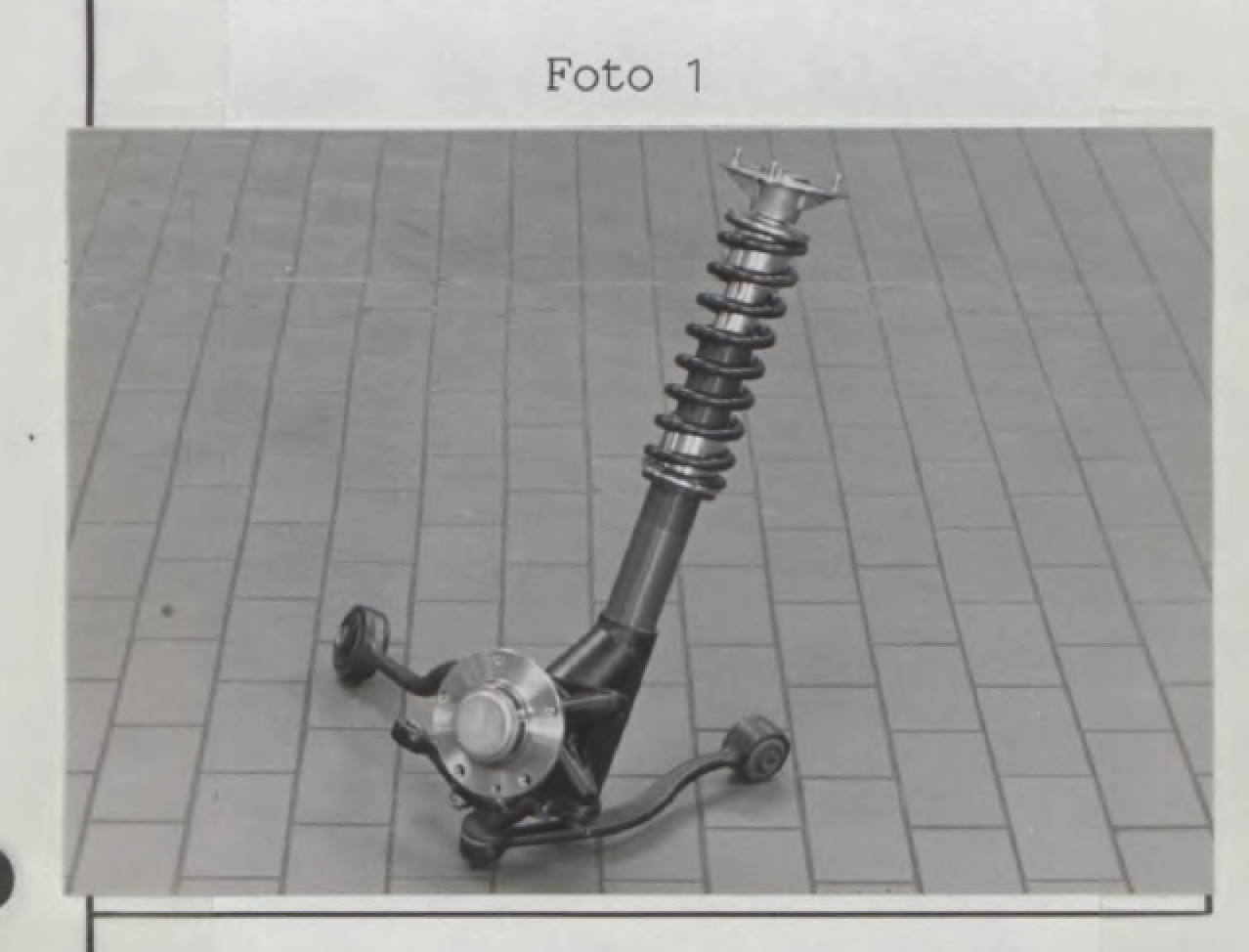
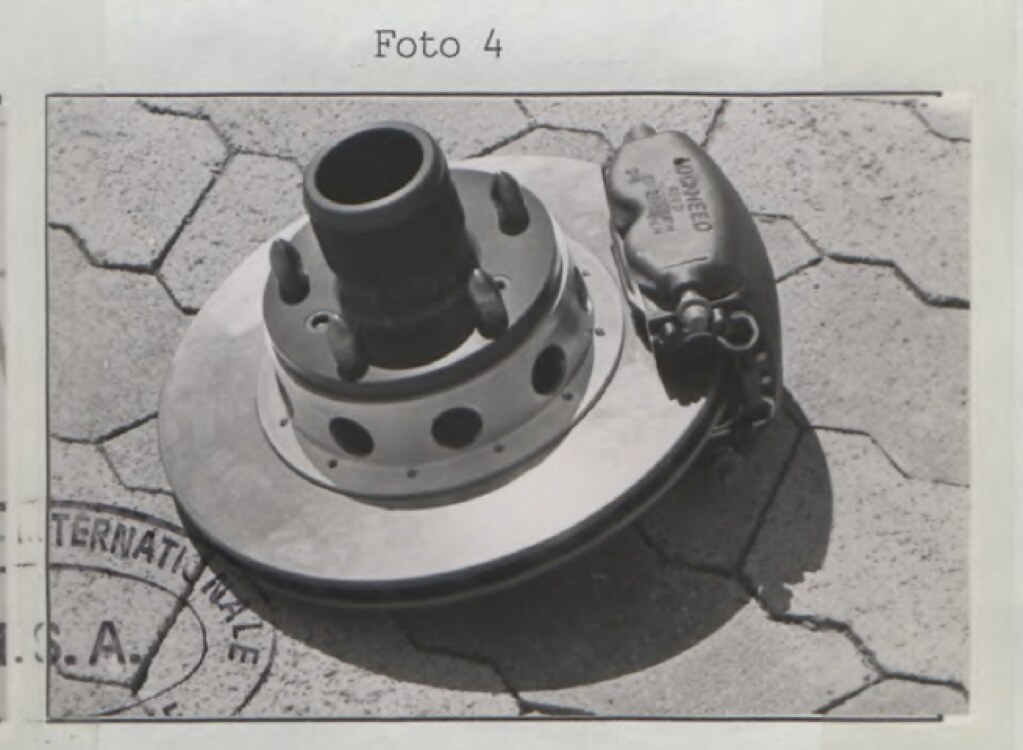
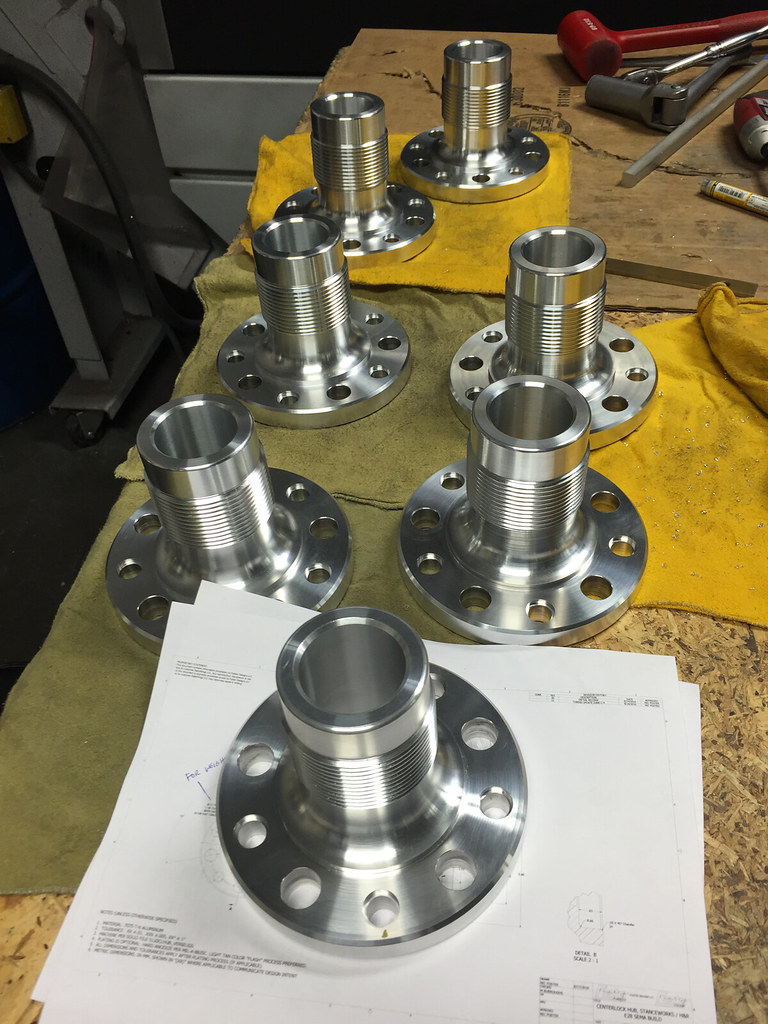
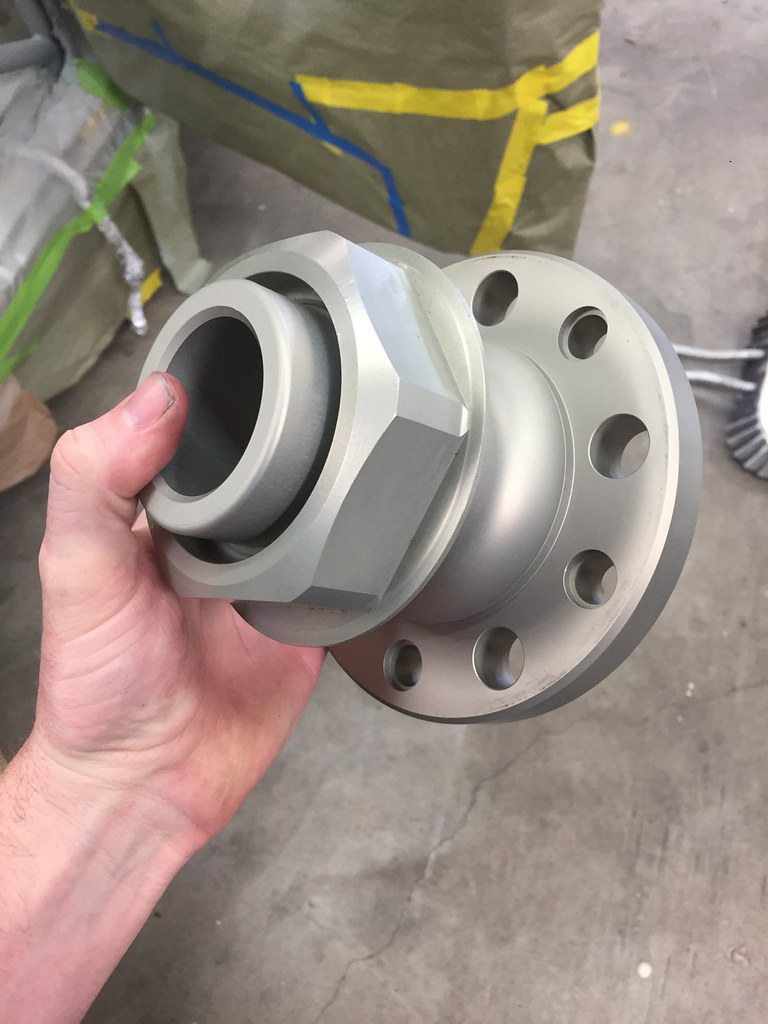
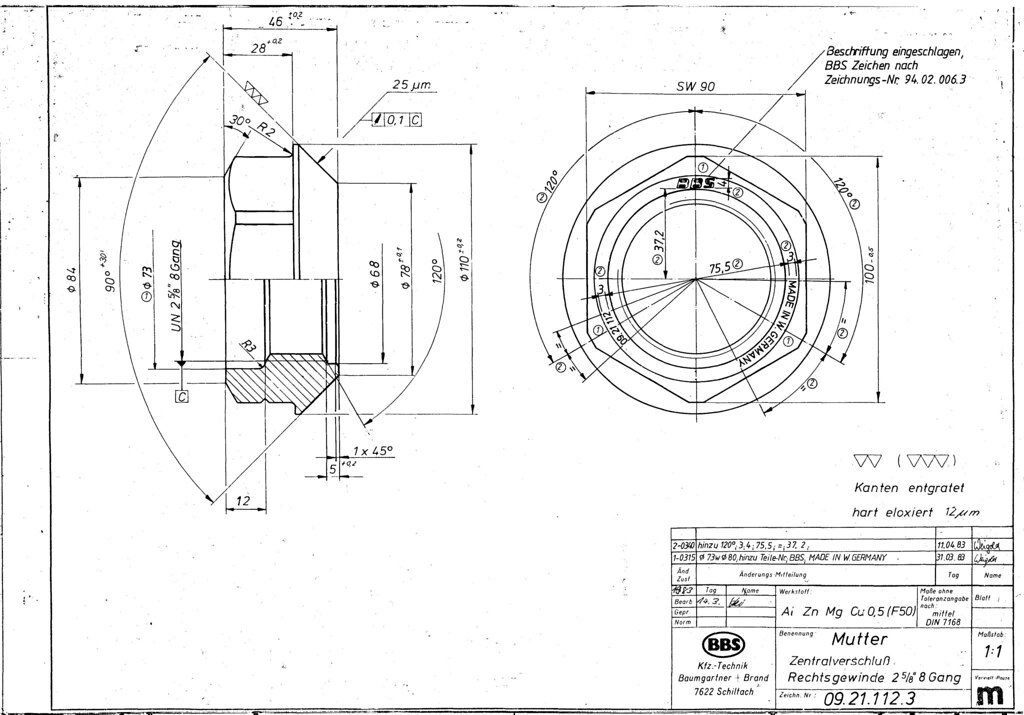
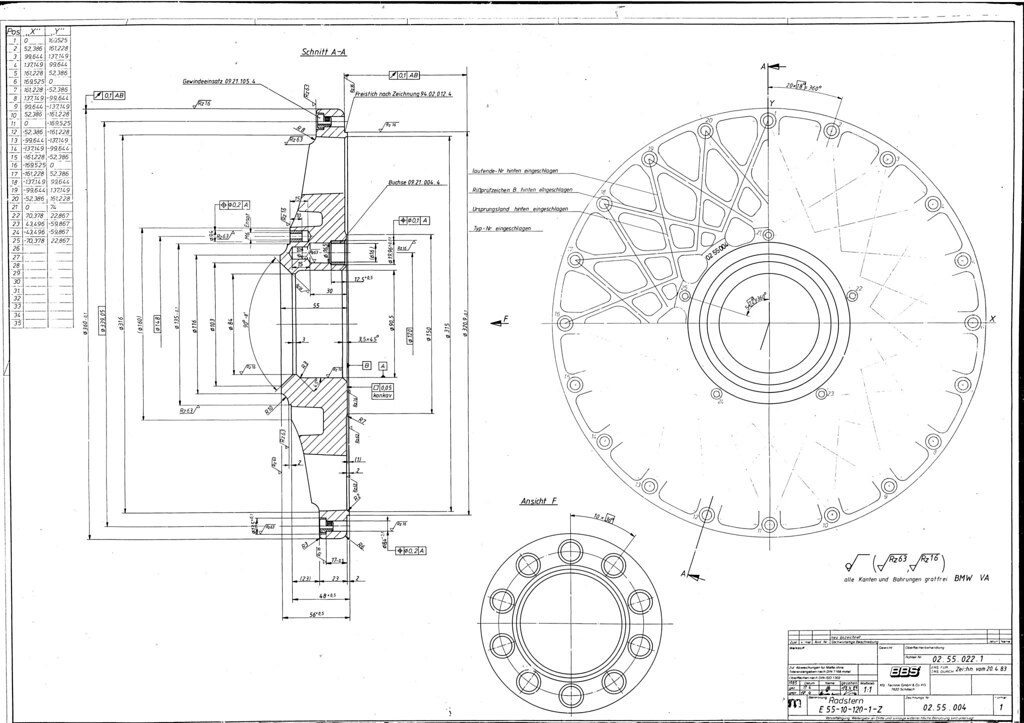
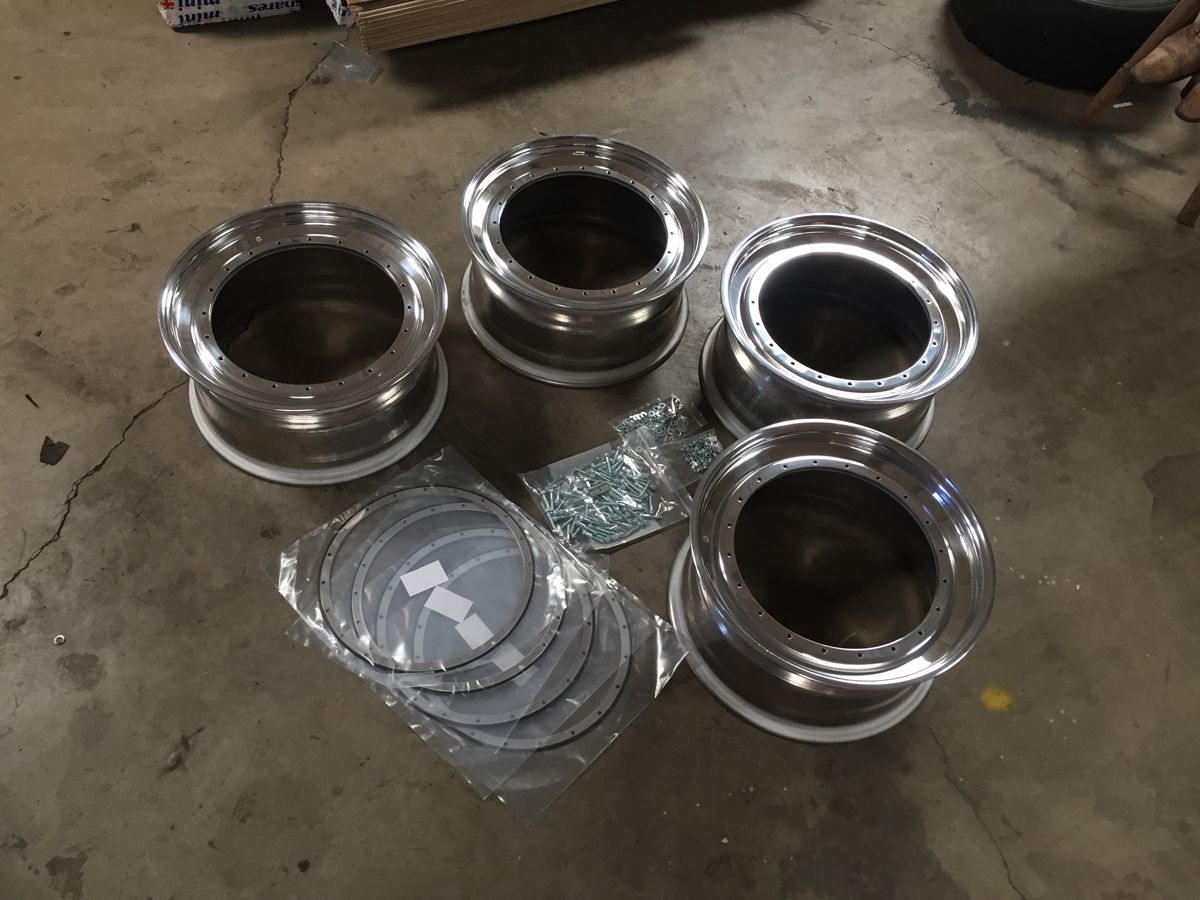
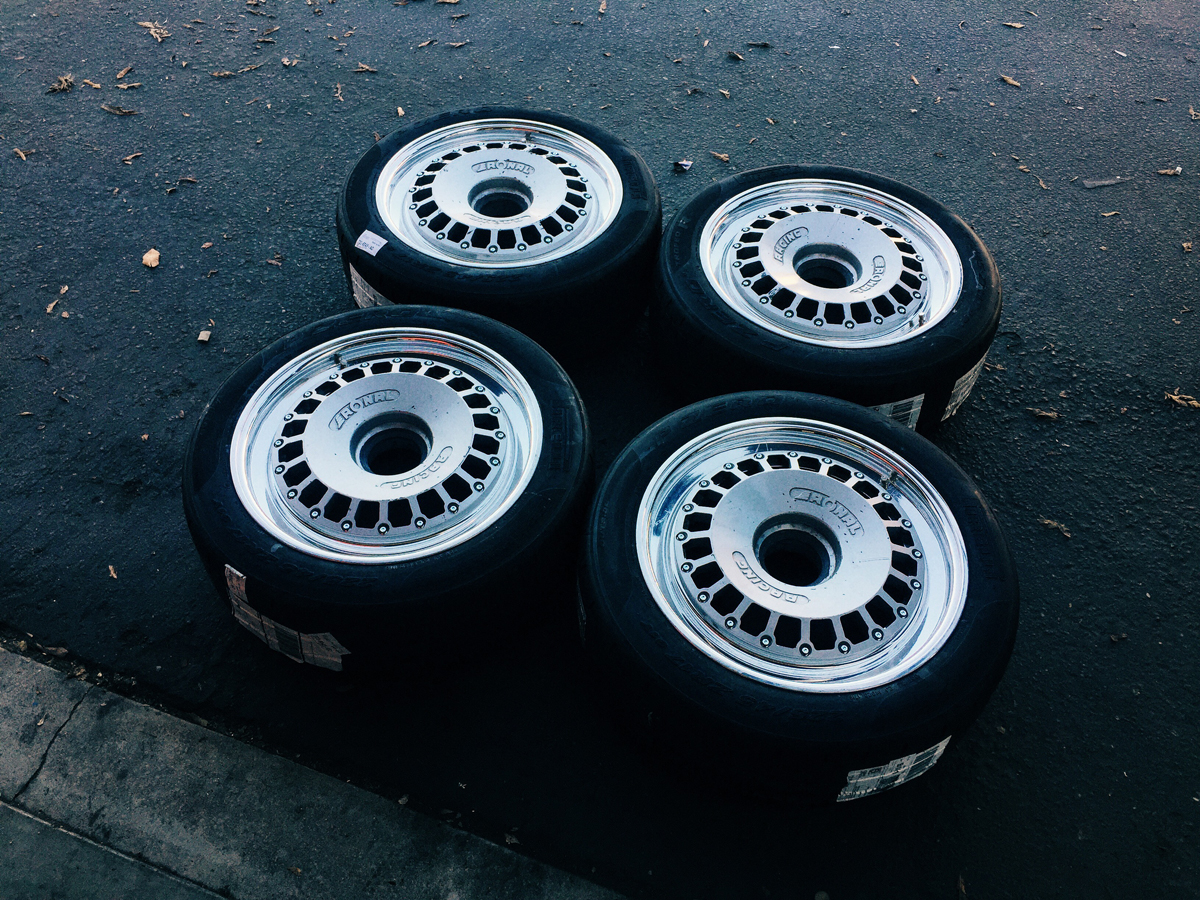
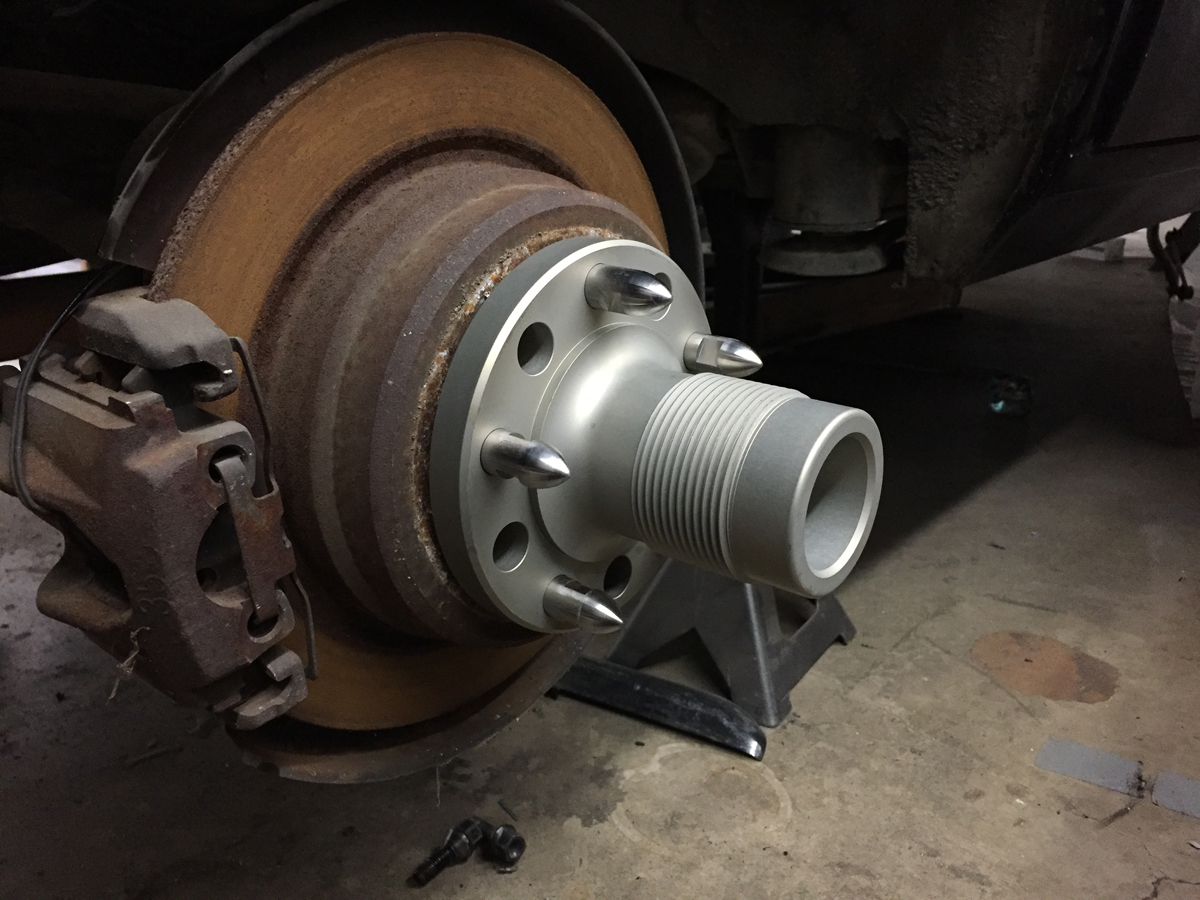
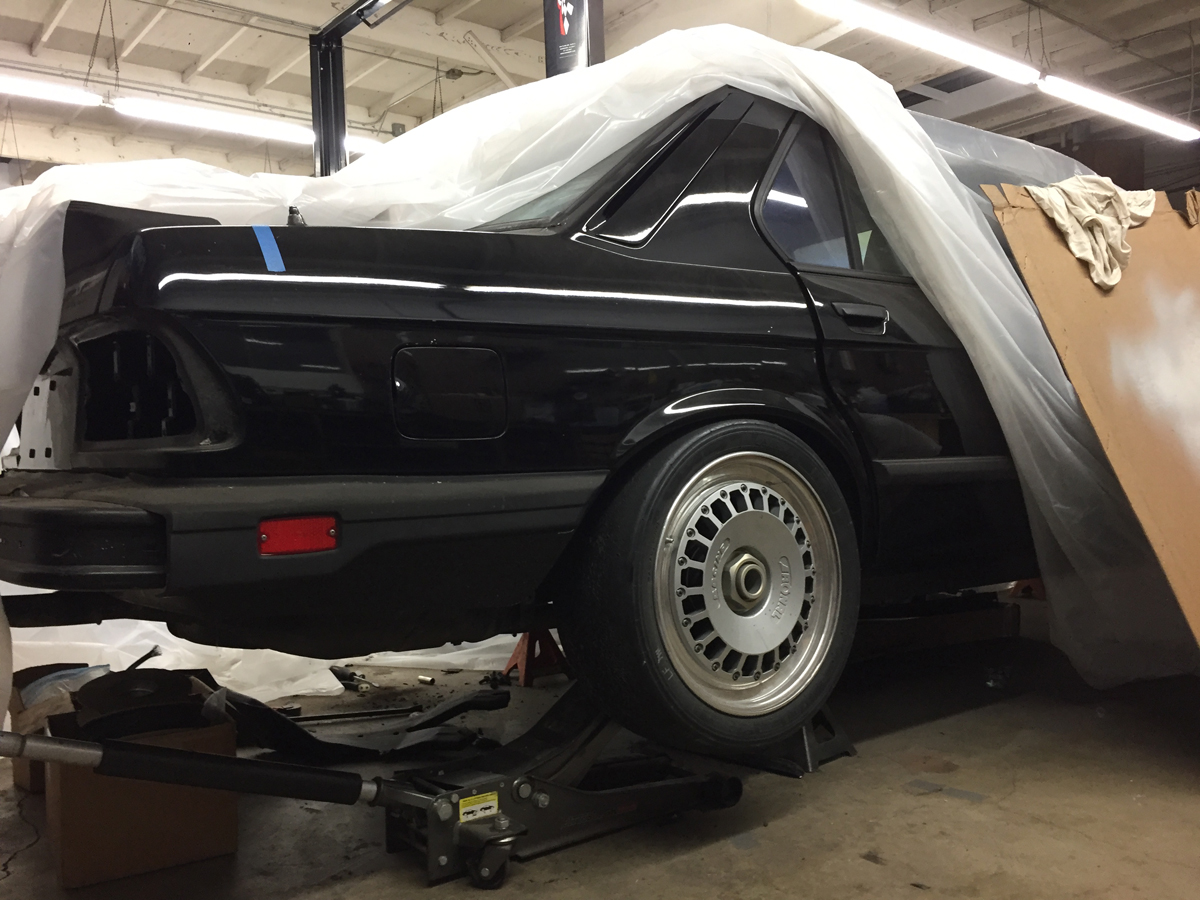
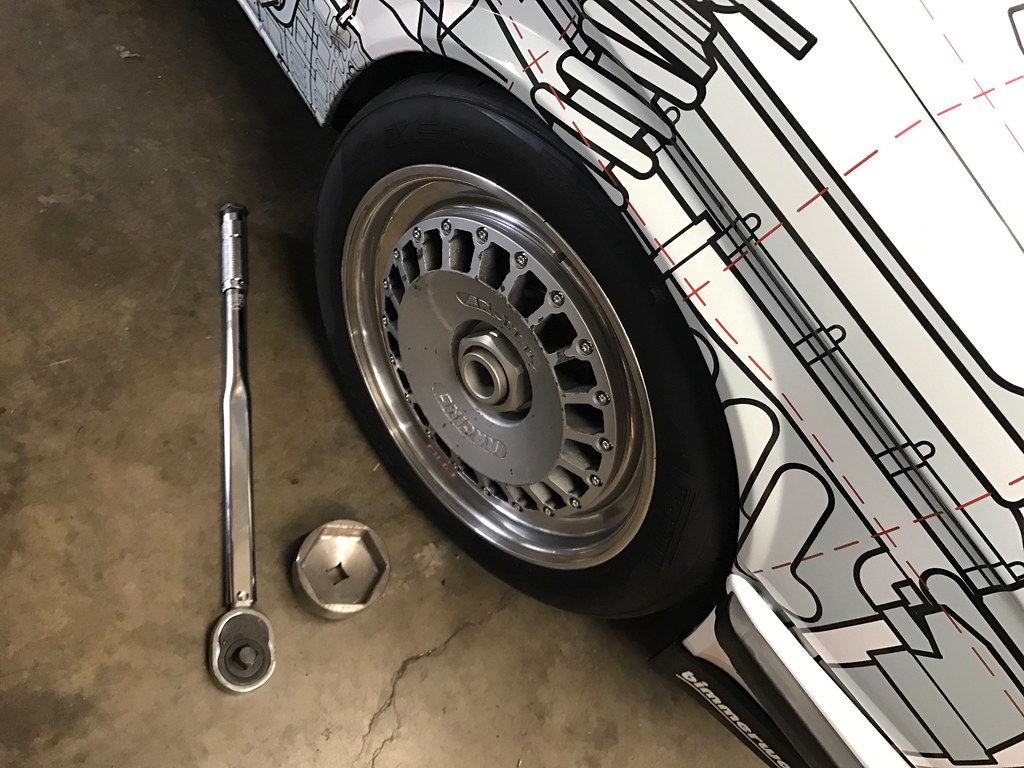
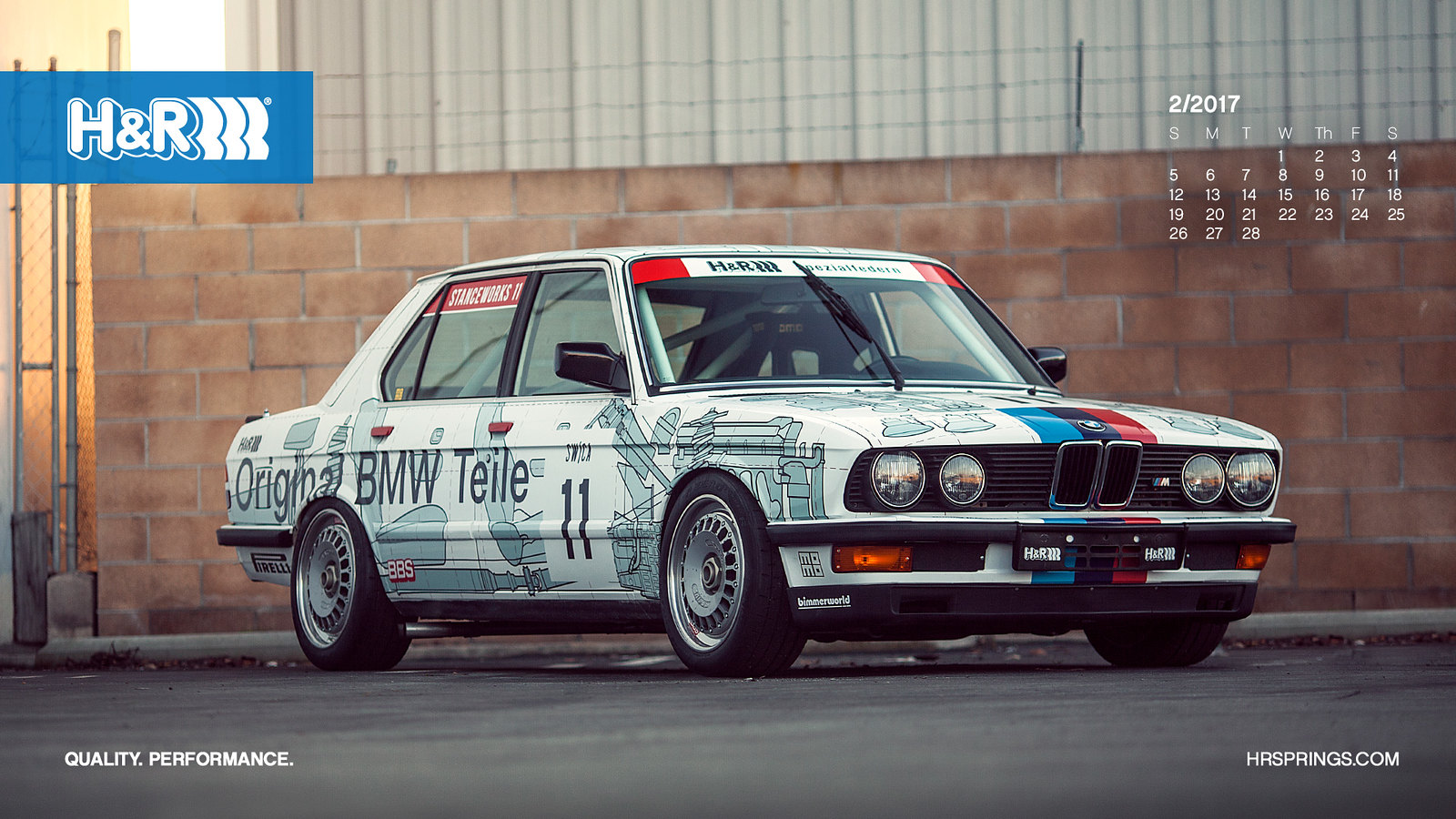
 This is boss! Cant wait to read some more. Loving this!
This is boss! Cant wait to read some more. Loving this!




























Comment